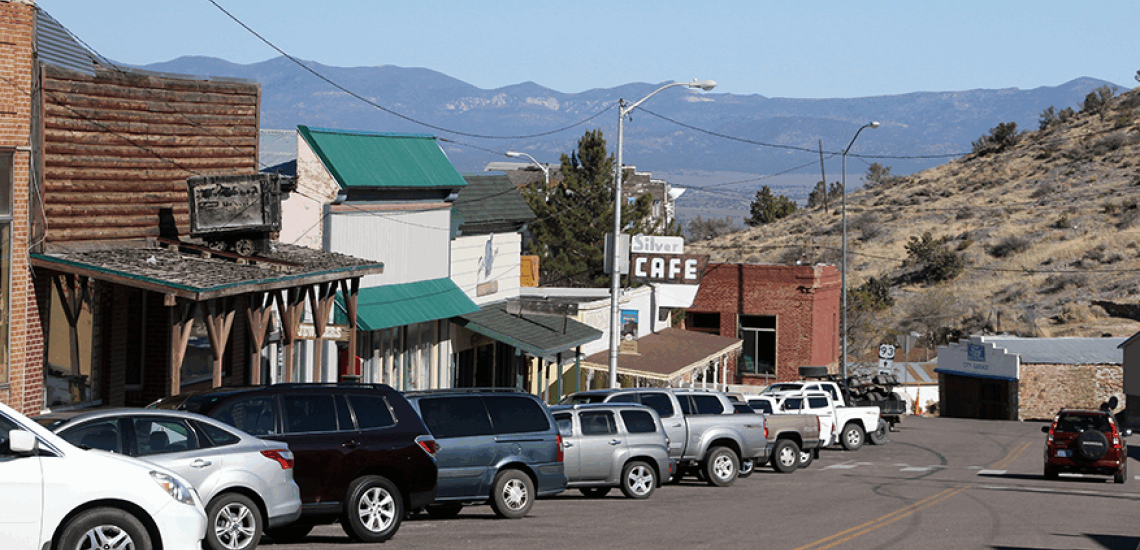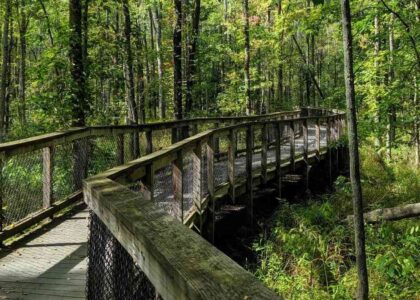Welcome to Pioche, Nevada, a town steeped in history and once known as one of the wildest towns in the American West. Nestled in the rugged landscape of Lincoln County, Pioche offers a glimpse into a time when the American frontier was a place of opportunity and danger. As you walk down Main Street, imagine the echoes of the past when prospectors, miners, and entrepreneurs roamed these very streets, seeking fortune and adventure.
Pioche’s story begins in 1863 with a Mormon scout named William Hamblin, who encountered a Paiute Indian named Moroni. Moroni showed Hamblin a glittering piece of silver ore, sparking a series of events that would lead to the establishment of the Meadow Valley Mining District in 1864. As silver fever took hold, the area began to draw prospectors from far and wide. It was during this time that the region transitioned from being part of the Utah Territory to becoming part of the newly formed state of Nevada.
The town of Pioche itself was named after Francois Pioche, a San Francisco financier who sent Charles E. Hoffman to purchase property and mining claims in the area. By 1869, a townsite was plotted, and Pioche City was born. The town quickly gained a reputation as one of the most lawless in the West, where gunfights and lawlessness were common occurrences. It is said that more people died from gunfire in Pioche than from any other cause during its early years.
One of the town’s most notable early structures is the Stockum House, built in 1866. This building has survived the test of time, witnessing fires that consumed much of the town. It has served various purposes, from a residence to a boarding house, and even as an art gallery and church.
The Raymond & Ely Company, formed by John H. Ely and William H. Raymond, played a pivotal role in the town’s development. They established a successful milling operation in Bullionville, turning the area into a bustling mining hub. However, transporting ore out of Pioche was a challenge, with the nearest railroad station being 270 miles away.
Over time, Pioche evolved from a rough-and-tumble mining town into a quieter community. Today, it stands as a testament to the resilience and tenacity of those who sought their fortunes in the unforgiving landscape of the American West. Walking through Pioche, you are not just traversing a town; you are stepping into a living history book, where every corner has a story to tell.
In the broader context, Pioche played a significant role in the mining boom that contributed to the economic development of Nevada. Its legacy is a rich tapestry of human ambition, conflict, and perseverance, echoing the broader narrative of the American frontier.
So, as you explore Pioche, take a moment to imagine the grit and determination of those who came before, and how their stories have shaped the town you see today.




